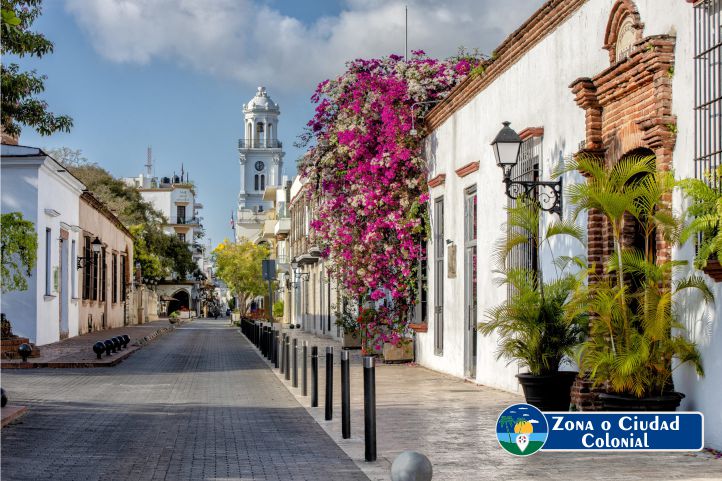
The Colonial Zone is a historic center, where the foundations and historic centers are still alive, it is the area most visited by tourists for its attractions and the architecture that surrounds that place.
It is also called Colonial City, it is the oldest urban nucleus of the city of Santo Domingo, capital of the Dominican Republic. The Colonial City was the first permanent European settlement in America, founded in 1502 by the Spanish conquistadors.
The Colonial Zone is one of the most important tourist destinations in Santo Domingo and among the most visited in the Dominican Republic, it is just the place where the history of the New World began. Its first location was on the eastern side of the mouth of the Ozama River.
It was founded by Bartolomé Colón on August 5, 1496 and later moved to the western side in 1502 by Nicolás de Ovando. It was also the first city to which the Spanish Crown granted the Royal Charter and headquarters of the administration of the New World. This town was called under the name of La Isabela, although some time later it was baptized by its original name of Santo Domingo de Guzmán. .
In the Colonial City there are various places built by the Spanish during the colonial era, which together form more than 300 historical places in the area; Among these are various monuments of a cultural and historical nature, as well as houses of great figures of the society of that time, but important streets, such as Las Damas street, cannot be left out.
On December 8, 1990, it was declared by the United Nations Organization for Education and Culture (UNESCO) as a World Heritage Site, under the name of Colonial City of Santo Domingo, covering an area of 93 ha. Today it is one of the most important tourist places in Santo Domingo and one of the most visited by national and foreign tourists in the Dominican Republic.
To learn more about other attractions in the Dominican Republic, click here:
How to get to The Colonial Zone of Santo Domingo:
